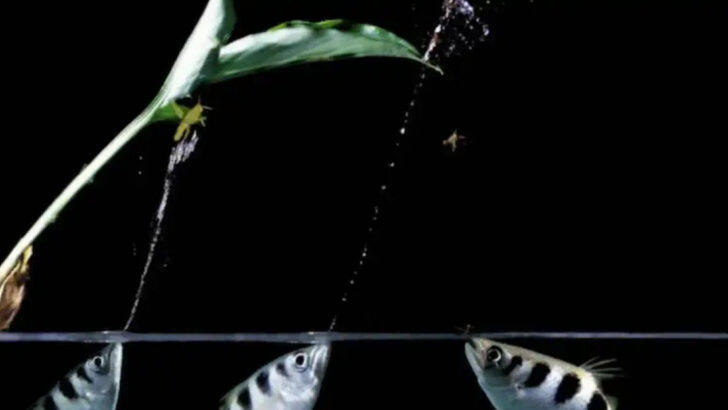Get ready to have your mind blown by nature’s wildest secrets!
Some animal facts sound like they belong in a fantasy novel, but nope—they’re 100% real.
From creatures that freeze solid to animals that survive in boiling water, the animal kingdom is packed with jaw-dropping surprises.
These 15 facts will make you question everything you thought you knew about wildlife.
Prepare to laugh, gasp, and maybe even scratch your head in disbelief.
Because when it comes to wild animals, truth is often stranger than fiction.
Buckle up—this isn’t your average nature list. It’s a rollercoaster of the weird, the wild, and the wonderful.
And by the end, you’ll be telling your friends about creatures so bizarre, they almost seem made up. But they’re not. They’re just part of the incredible world we share.
Axolotl Regeneration

Imagine losing a limb and growing it back perfectly. The axolotl, also known as the Mexican walking fish, can regrow not only its limbs but also its spinal cord, heart, and parts of its brain. This extraordinary ability makes it a subject of scientific research. Despite being critically endangered in the wild, axolotls thrive in captivity.
With their unique regenerative powers, they provide hope for medical advancements in human tissue repair. Their aquatic habitat in the lakes of Mexico City is a far cry from their captive environments, yet they adapt remarkably well. A true marvel of nature.
Tardigrades’ Indestructibility
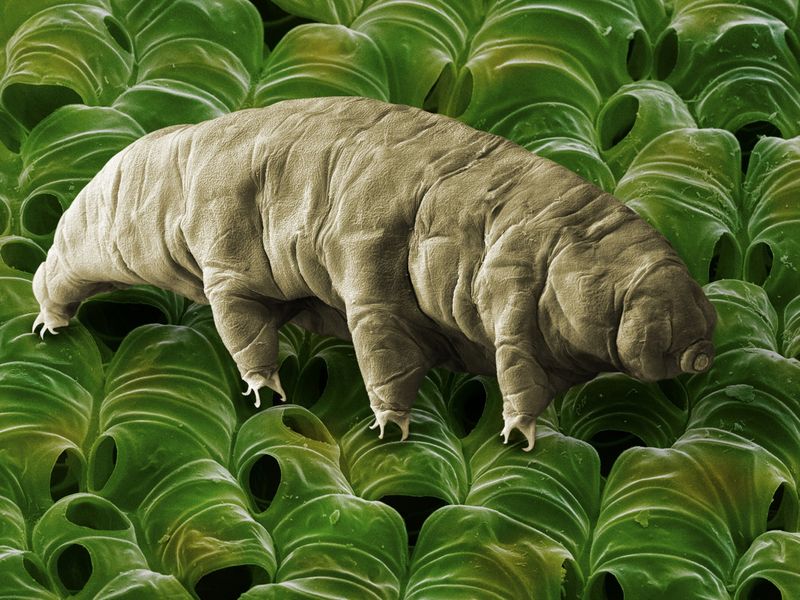
Known as water bears, tardigrades are virtually indestructible. These microscopic creatures withstand extreme conditions like boiling water, freezing temperatures, and even the vacuum of space. Their resilience is due to a process called cryptobiosis, where they lose almost all their water and enter a state of suspended animation.
Tardigrades have been found everywhere, from the deep sea to mountain tops. Their ability to survive harsh environments makes them fascinating subjects for astrobiology. Scientists study them to understand life’s potential on other planets. Despite their toughness, they remain gentle giants of the micro-world.
Mantis Shrimp Punch

The mantis shrimp packs a punch that can break glass. This small marine crustacean can strike with the speed of a bullet, delivering a blow with the force of 1,500 newtons. Their club-like appendages are a biological marvel, capable of creating cavitation bubbles that produce shock waves.
Living in tropical and subtropical waters, they hunt with precision and power. Their eyes, some of the most complex in the animal kingdom, can see polarized light and detect ten types of color receptors. These colorful crustaceans are both warriors and visionaries of the sea.
Immortal Jellyfish
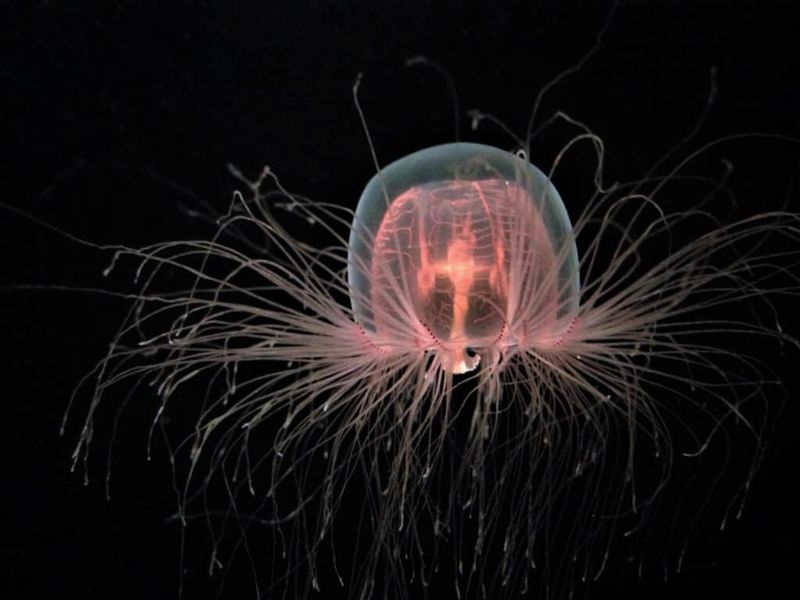
Imagine a creature that can reverse its aging process. The immortal jellyfish, Turritopsis dohrnii, can revert to its juvenile form after reaching maturity, essentially starting its life cycle anew. This process, known as transdifferentiation, allows it to escape death from old age.
Native to the Mediterranean Sea, these jellyfish are now found in oceans worldwide. Their incredible life cycle has captured the interest of scientists studying aging and cellular rejuvenation. Though they are tiny and often go unnoticed, their potential for immortality fascinates researchers across the globe.
Narwhal’s Spiraled Tusk
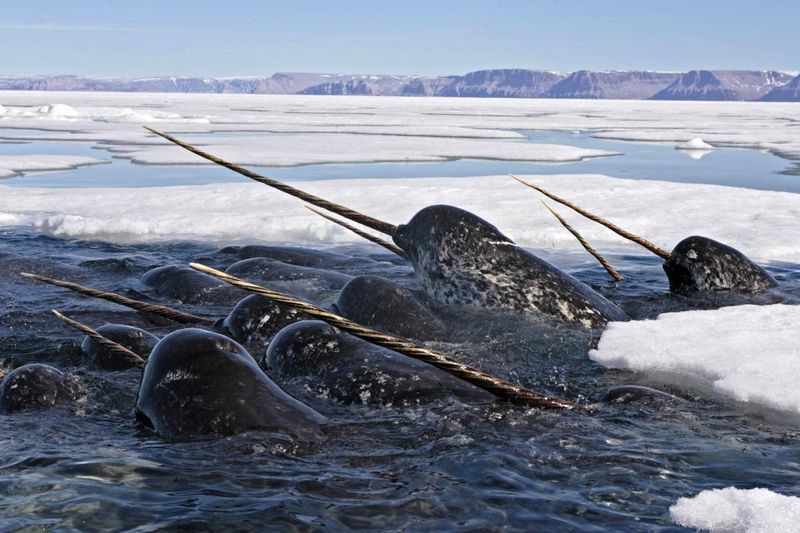
The narwhal, often dubbed the unicorn of the sea, sports a spiraled tusk that can reach up to 10 feet. This elongated tooth is not only a tool for survival but also a sensory organ. Scientists believe it helps narwhals detect changes in their environment, such as temperature and salinity.
Native to the Arctic waters, these majestic creatures navigate icy terrains with ease. Their tusks have inspired myths and legends, yet their true nature is even more intriguing. The narwhal’s unique adaptation continues to puzzle and delight marine biologists.
Pistol Shrimp’s Sonic Blast
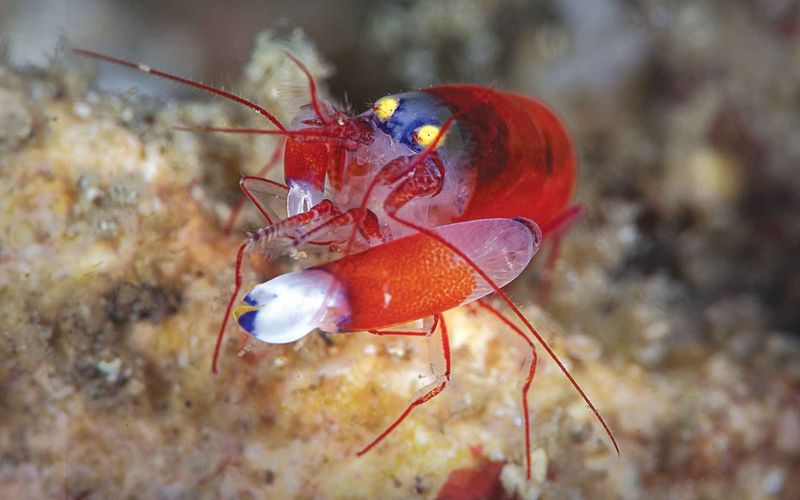
The pistol shrimp wields one of nature’s most powerful weapons: sound. With a snap of its claw, it creates a sonic blast that can stun prey and reach temperatures comparable to the sun’s surface. This snap generates cavitation bubbles that collapse with a loud pop, effective in hunting.
Found in warm coastal waters, pistol shrimps often form symbiotic relationships with gobies, providing mutual protection. This sonic powerhouse demonstrates how sound can be a formidable force in the animal kingdom, showcasing evolution’s ingenuity.
Platypus Venom
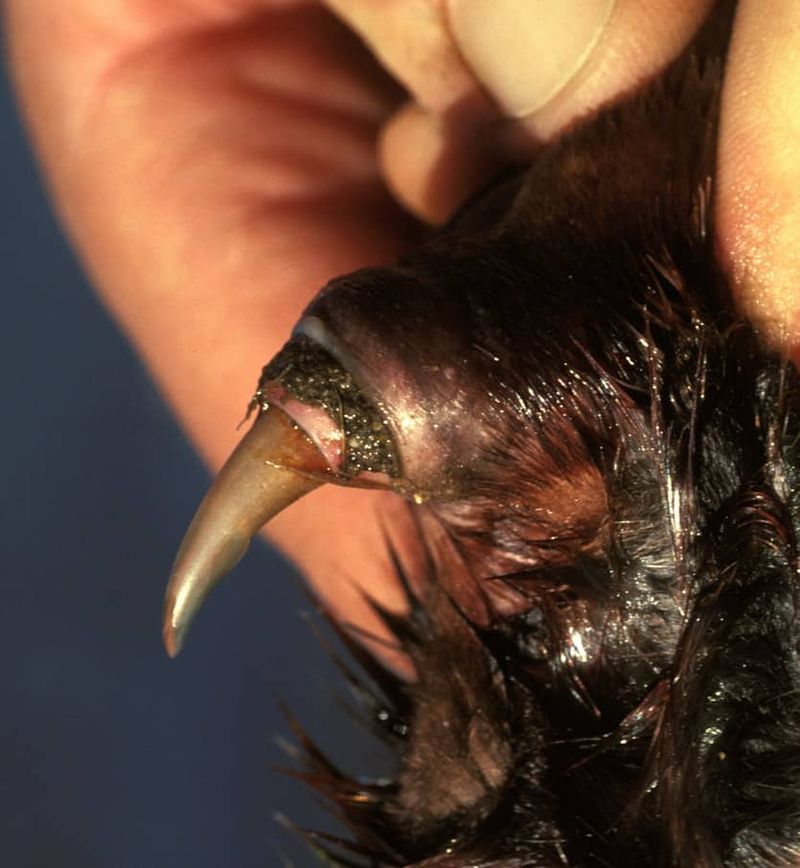
With its duck-bill and webbed feet, the platypus already defies conventional animal categories. But did you know? Male platypuses are venomous. They possess venomous spurs on their hind legs, capable of delivering a painful sting.
This unusual creature, native to eastern Australia, combines traits of mammals, birds, and reptiles. Despite its quirky appearance, the platypus is a skilled hunter, using electroreception to detect prey underwater. Its venom, while not lethal to humans, is a reminder of the diversity and complexity within the animal kingdom.
Sea Cucumbers’ Defense
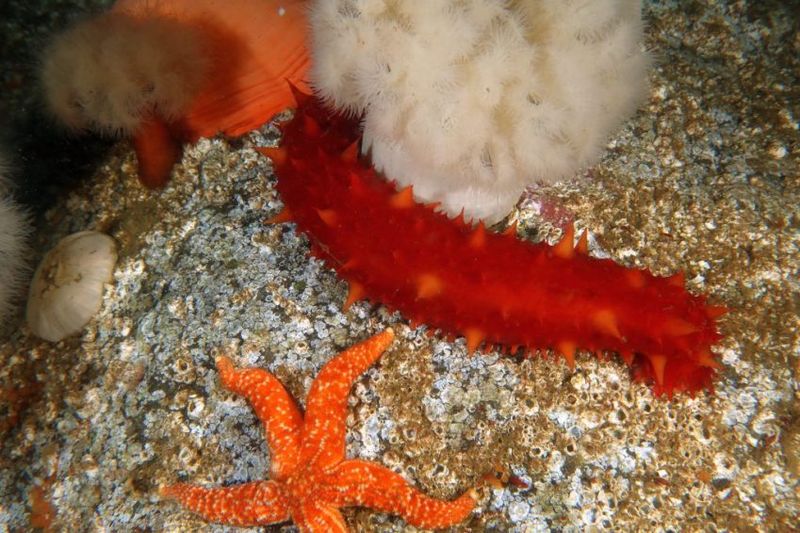
When threatened, sea cucumbers resort to an unusual defense mechanism: expelling their internal organs. These organs, often sticky and toxic, deter predators, allowing the sea cucumber to escape.
Remarkably, they can regenerate these lost parts, showcasing nature’s resilience. Found in oceans worldwide, they play a vital role in marine ecosystems, recycling nutrients and cleaning the ocean floor. Despite their unassuming appearance, sea cucumbers exhibit one of the most fascinating survival strategies in the animal kingdom.
Cuttlefish Master of Disguise

Cuttlefish are the ocean’s masters of disguise. With the ability to change color, pattern, and texture instantly, they can blend seamlessly into their surroundings. These cephalopods use specialized cells called chromatophores to achieve this effect, aiding in hunting and avoiding predators.
Found in marine habitats worldwide, cuttlefish are intelligent hunters, using their camouflage skills to ambush prey. Their mesmerizing displays serve as a reminder of the ocean’s wonders, inspiring advancements in technology and art. Their adaptive coloration is a marvel of evolution, reflecting the endless creativity of nature.
Ostrich Speed
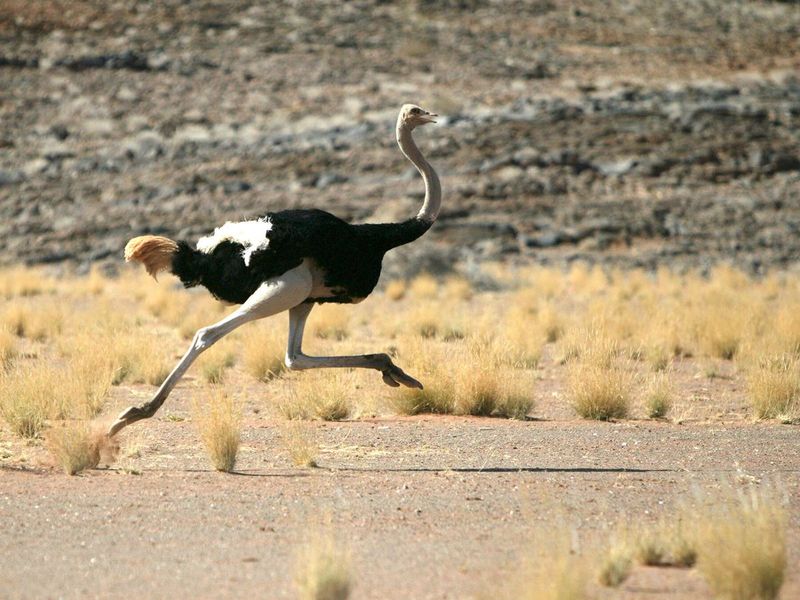
Despite their inability to fly, ostriches are built for speed. They can sprint at over 40 miles per hour, using their long legs to cover great distances. These powerful birds have a two-toed foot structure that aids in swift movement.
Native to the African plains, ostriches are the largest living bird species. Their speed helps them evade predators, while their powerful legs can deliver a forceful kick if threatened. Gracefully navigating the vast savanna, they embody endurance and agility, thriving in their harsh environment.
Leafcutter Ants’ Farming
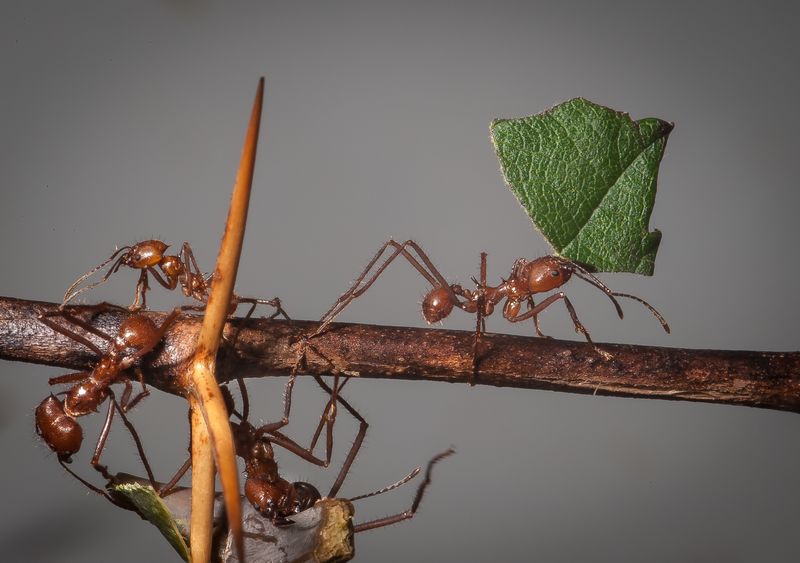
Leafcutter ants are nature’s diligent farmers. They harvest leaves not for direct consumption but to cultivate fungus, which serves as their primary food source. This symbiotic relationship between ant and fungus highlights the complexity of ecological interactions.
Residing in the rainforests of Central and South America, leafcutter ants exhibit remarkable teamwork and organization. Their underground nests can house millions, showcasing advanced social structures. As tiny architects of their world, they contribute significantly to their ecosystem, embodying harmony and industriousness in nature’s delicate balance.
Elephants’ Mourning Behavior

Elephants exhibit a profound emotional depth, especially in death. Known to mourn their dead, they gently touch and caress the bones of deceased members, often standing vigil for days.
This deep empathy is rare in the animal kingdom, reflecting the strong social bonds within elephant herds. Found across Africa and Asia, these majestic creatures possess memories that span decades. Their mourning rituals remind us of the shared emotional capacities between humans and animals, offering insights into the interconnectedness of life.
Lyrebird’s Mimicry
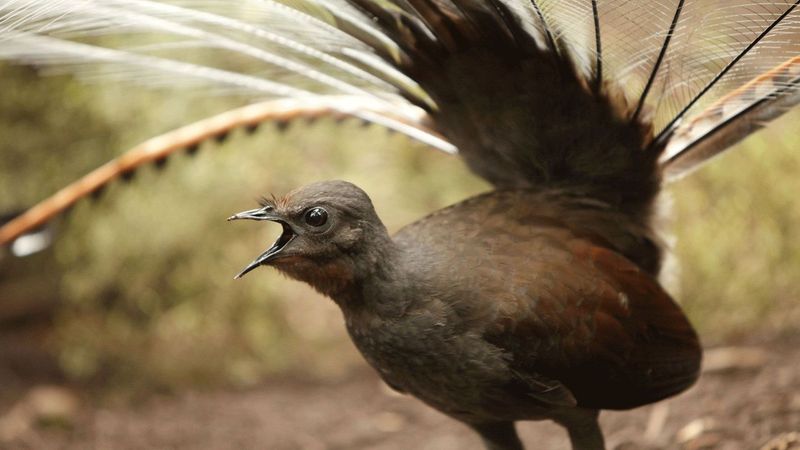
The lyrebird, native to Australia, is renowned for its incredible ability to mimic sounds. From chainsaws to camera shutters, their vocal repertoire is astonishing. Males use this skill to attract mates, showcasing nature’s creativity.
Their tail feathers, shaped like a lyre, add to their beauty during courtship displays. Living in dense forests, lyrebirds contribute to the rich tapestry of Australia’s wildlife. Their mimicry serves as a reminder of the intricacies of the natural world, where even the smallest song can leave a lasting impression.
Archerfish Precision
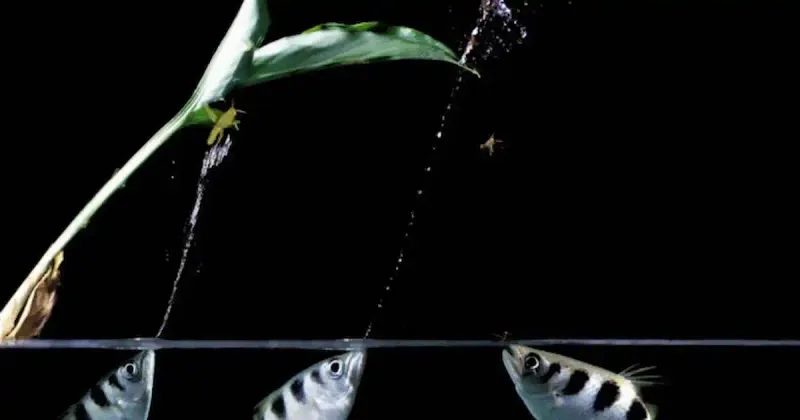
Archerfish are the sharpshooters of the aquatic world. With remarkable precision, they shoot jets of water to knock insects off branches, making them easy prey. This unique hunting method relies on their keen eyesight and ability to calculate angles.
Inhabiting mangroves and estuaries in Southeast Asia, archerfish demonstrate an extraordinary level of adaptation. Their accuracy in shooting down prey highlights evolution’s ingenuity, providing both sustenance and a captivating spectacle. These fish remind us that even in the water, precision can be a powerful tool for survival.
The Dancing Desert Lizard
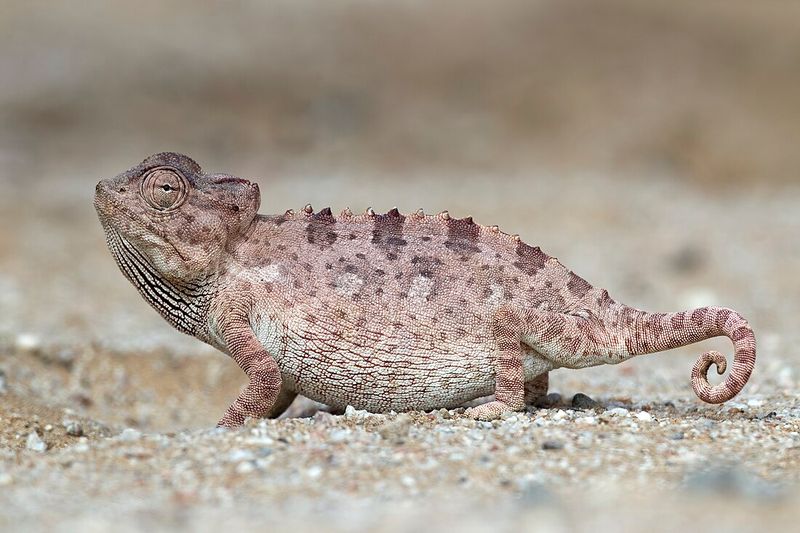
In the scorching deserts of Africa, a nimble creature performs an unexpected dance. The “dancing lizard,” or the Namaqua Chameleon, raises its feet alternately to avoid the searing heat of the sand. This quirky behavior is not a ritual but a survival tactic.
It’s fascinating how a small creature can adapt so creatively to its harsh environment. The heat can reach unbearable levels, yet this lizard thrives by lifting its limbs rhythmically, as if stepping to an invisible beat.
Such resilience showcases nature’s ingenuity and the lizard’s unique approach to survival.

